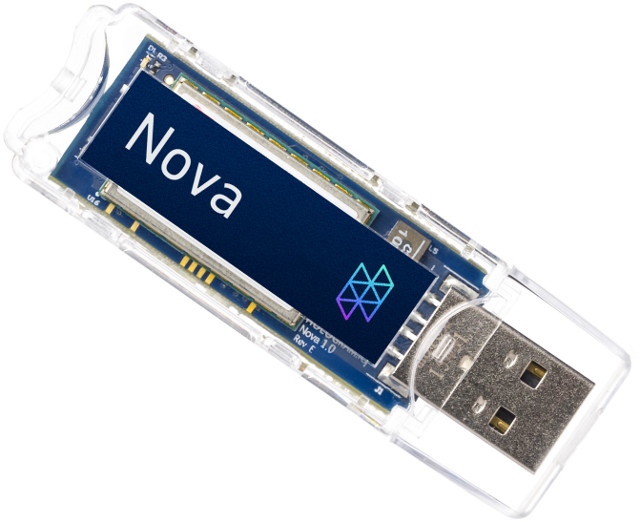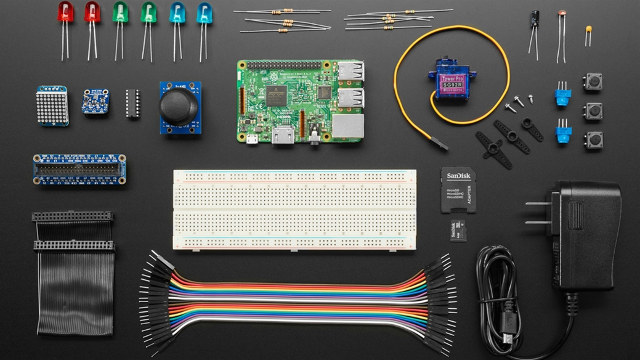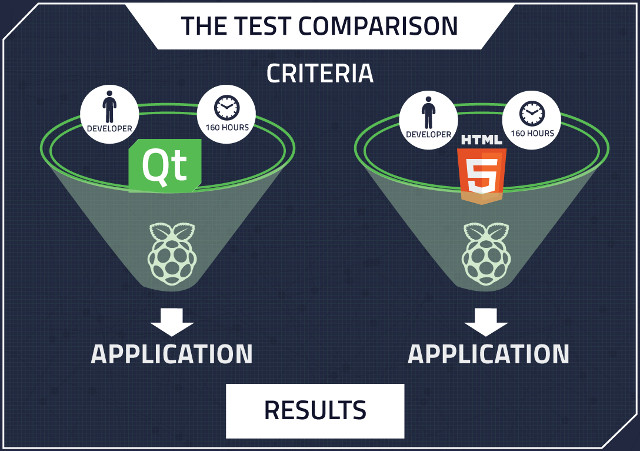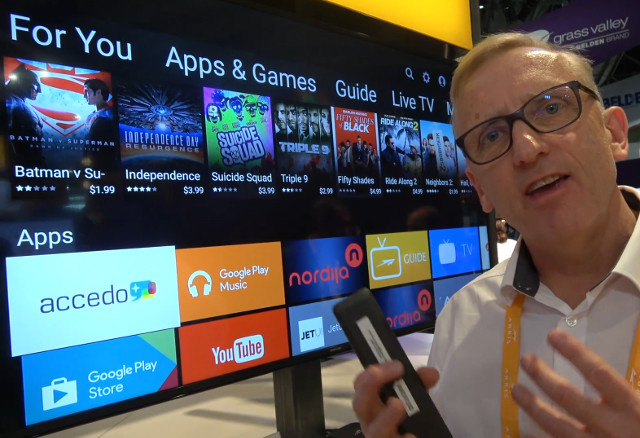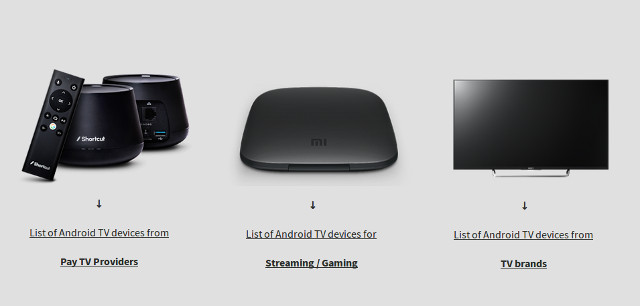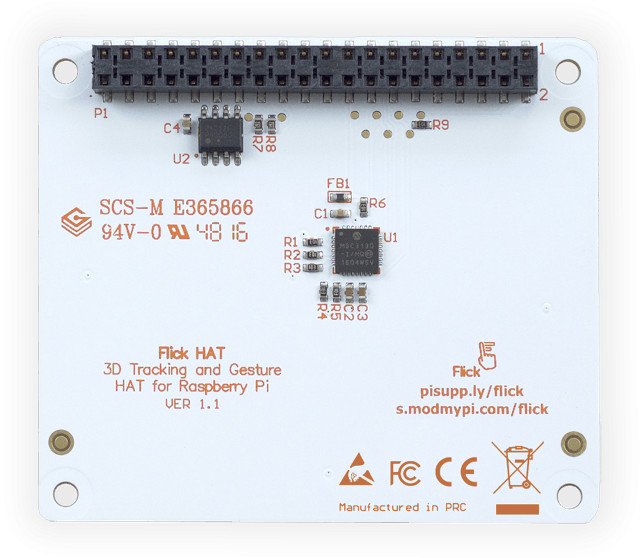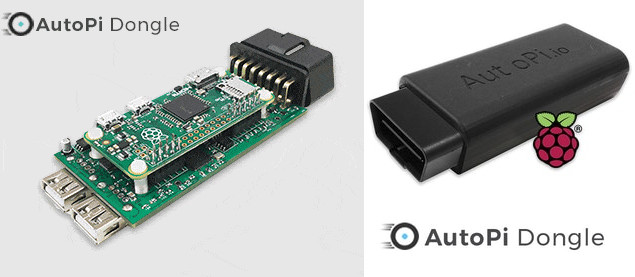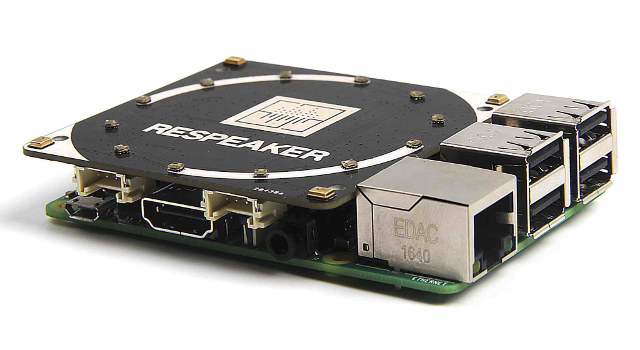This summer I discovered Hologram global cellular IoT SIM card, and since they provided free developer samples with 2MB of monthly data includes, I decided to get one to try it out. I received it a few weeks later, and to my surprise it worked, despite my country of residence having some strict requirements with regards to SIM card registration. The SIM card uses roaming, but with a low fixed worldwide pricing, and does not come with a phone number by default, so maybe that’s why I did not have to register. The company is now back with Nova, an open source hardware cellular modem certified by OSHWA (ID #US000077). It’s basically 2G/3G USB dongle that’s controlled by Hologram Python SDK, specifically suited to Debian systems like Raspberry Pi 3 or BeagleBone Black. Hackster.io is also involved in the launch with a worldwide contest offering 200 free kits comprised of […]
Google Cloud IoT Core Enters Public Beta, Various Devkits Available
Back in May, I wrote about Allwinner R18 based Banana Pi BPI-M64 Board with Google Cloud IoT Core support, as Google unveils the new cloud service during Google I/O. However, at the time it was only available to selected partners, and Google has recently launched the public beta making their IoT device management platform available to all. I first learned about this through an ARM community blog post announcing availability of the ARM-based IoT Kit for Cloud IoT Core on Adafruit using Raspberry Pi 3 board, a breadboard, and various modules that can be managed through Google services. But that are plenty of other IoT kits or boards for Google Cloud IoT Core including: Allwinner R18 based Pine A64-LTS, Banana Pi BPI-R18 Marvell based MACCHIATObin, and ESPRESSOBin boards Mongoose OS IoT starter kit with ESP32 board( instead of Raspberry Pi 3) Grove IoT Commercial Developer Kit based on Intel NUC […]
Qt/QML vs HTML5/AngularJS User Interfaces Showdown (Video)
We now live in a world where there’s a push for higher level programming languages either based on web technologies like HTML5 or JavaScript, or other interpreted languages such as Python, and lower level languages such as C, C++, or – maybe more understandably – Assembler are often avoided by newcomers. But there are advantages of using native code, as demonstrated by Sequality, a software engineering company, who asked a developer familiar with HTML and C++ to develop a demo of an embedded systems using HTML5 + AngularJS and Qt/QML. The developer had 160 hours to develop the user interface for each framework, and with the resulting demos running on a Raspberry Pi 3 board with Raspbian, it was found that the Qt/QML implementation delivered a more responsive and functional user interface compared to the HTML5 version which tended to lag, and lacked support for touchscreen and a software keyboard […]
ARRIS Showcases Android TV Set-Top Boxes at IBC 2017
Just last week, we found out there was a fair amount of TV boxes running Android TV with certification from Google, with most of them from PayTV providers or OEMs. Today, I’ve come to better understand what that means thanks to ARMDevices.net interview of ARRIS at IBC2017. I used to think getting a device with official Android TV support would mean getting Google’s Leanback launcher, but there’s more to it, as Google also offers “operator tier” Android TV certifications, which allow manufacturer to use Android TV operating system with their own launcher/user interface, and official support for Google services like Google Play Store, Google Play Music and so on. ARRIS International has a whole family of certified Android TV devices with 4K UHD set-top boxes and DVR systems as shown in the table below, all likely based on Broadcom SoCs. Wi-Fi Set-Tops Wi-Fi Processor DMIPS Type Size Zx4430 2×2 802.11ac […]
Unofficial List of TV boxes Running Android TV OS
Most TV boxes run a modified version of Android operating system for smartphone, and devices based on Google’s Android TV are harder to find, and often country specific since they are tied to local streaming services. Yesterday, I was searching for boxes based on Marvell Armada 1500 Ultra SoC, and first found a couple in Spain and the US, but eventually found a bunch more when I discovered somebody was keeping track of all/most Android TV devices in a page hosted by Google but with no actual affiliation with Google. The devices are sorted in three categories: Pay TV Providers, usually only sold in a specific country with programs in the local language, and a fairly long list Streaming / Gaming – Those are the most famous Android TV TV boxes like Xiaomi Mi Box or Nvidia Shield Android TV with only 6 models in that list TVs with Android […]
Flick HAT is a 3D Tracking & Gesture Expansion Board for Raspberry Pi Boards
Way back in 2012, I wrote about Microchip MGC3130 3D Gesture Controller with “GestIC technology” which allows you to make gesture up to 15cm from the surface and at lower power in order to control devices in a new way. At the time, the chip was said to sell for $2.26 in large quantities, and the evaluation kits went for $169 and up. I’m writing about MGC3130 about 5 years later, as Seeed Studio has started taking pre-orders for a $25.89 Flick HAT board based on the solution, and designed for Raspberry Pi boards, or other boards with a compatible 40-pin “GPIO” header featuring an I2C interface. Flick HAT 3D Tracking & Gesture HAT specifications & features: Chip – Microchip MGC3130 3D Tracking and Gesture Controller Tracking / Gesture Features 3D tracking Gesture sensing up to 15cm: Swipe (east to west, west to east, north to south, south to north), […]
AutoPi is a 4G & GPS OBD-II Dongle Based on Raspberry Pi Zero W Board (Crowdfunding)
We’ve previously covered Macchina M2 OBD-II dongle based on an Arduino compatible MCU, and with 4G LTE support for the maker market, and iWave Systems OBD-II dongle with 4G LTE and LTE running Linux on NXP i.MX6 for the B2B market, but so far I had not seen an hackable OBD-II dongle running Linux for the maker market. AutoPi dongle fills that void as it is based on Raspberry Pi Zero W board, runs Raspbian with Autopi software (AutoPi Core), supports 4G LTE, GPS, etc,.. and connects to your car’s OBD-II socket. AutoPi dongle specifications: SoC – Broadcom BCM2835 ARN11 Core processor @ up to 1 GHz System Memory – 512MB LPDDR2 SRAM Storage – 8GB micro SD card Cellular Connectivity 4G Cat 1 modem with 3G/EDGE fallback working worldwide (but region locked) 4G bands – Region specific 3G fallback (WCDMA) – B1, B2, B4, B5, B8 EDGE fallback – […]
ReSpeaker 4-Mic Array is $25 Quad Microphone Add-on Board for Raspberry Pi
Last year, Seeed Studio launched ReSpeaker WiFi Audio / IoT board based on Mediatek MT7688, as well as an optional microphone array board with 7 microphones and 12 LEDs. Later on, they introduced a $10 2-mic array board for Raspberry Pi Zero (W), and today the company has started to take orders for ReSpeaker 4-Mic Array for Raspberry Pi board for $24.50 plus shipping. Respeaker 4-Mic Array board specifications: Audio X-Powers AC108 quad-channel ADC with I2S/TDM output transition 4 Microphones Expansion 2x Grove interfaces (1x I2C, 1x GPIO port using pins 12 & 13) 40-pin Raspberry Pi compatible header Misc – 12 LEDs (APA102) connected over SPI, GPIO5 enables power Dimensions – 65mm x 65mm x 9mm Weight – ~20 grams The board will give Raspberry Pi board the ability to do Voice Activity Detection (VAD) aka “hot word” detection, estimate Direction of Arrival (DoA) and show the direction via the LED ring, just like Amazon Echo or Google Home. I’m using an Orange Pi Zero board with a single microphone with Google Assistant and while it works fine most of the […]


